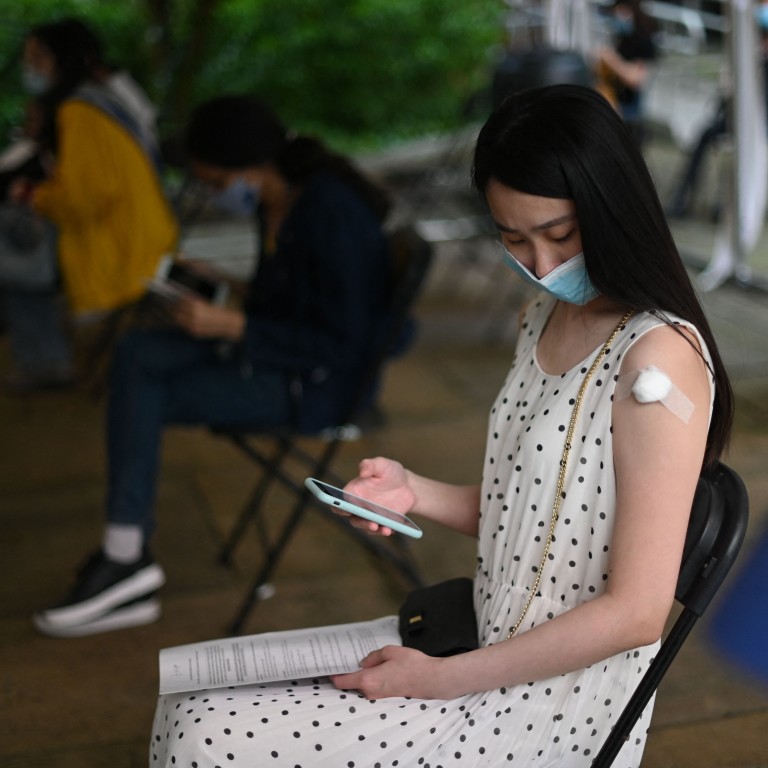
How China is losing the narrative in the global coronavirus recovery
- A new narrative has taken hold in markets, driven in part by the remarkable progress in deploying vaccines in the US, UK and Europe
- Meanwhile, China’s renewed focus on deleveraging has taken the shine off its swift recovery, sowing uncertainty about vulnerable parts of the financial sector
Stories matter. For those who doubt the power of narratives in financial markets, a cursory glance at the recent works of Robert Shiller, a Nobel economics laureate at Yale University, reveals the extent to which markets are driven by popular narratives as opposed to hard data.
The dominant theme last year, along with unprecedented amounts of monetary and fiscal stimulus, was the swift and vigorous recovery of China’s economy. This was underpinned by Beijing’s successful containment of the virus, which allowed China to emerge from lockdown much earlier than Europe and the United States.
The appeal of a leading economy that was “first in, first out” of the shutdown, and whose continued liberalisation of its capital markets provided foreign investors with greater access to its higher-yielding assets, fuelled a fierce rally in Chinese equities and bonds.
The CSI 300 index of Shanghai- and Shenzen-listed stocks surged almost 30 per cent last year, compared with a rise of 16 per cent for the benchmark S&P 500 index and a decline of 6 per cent for the Euro Stoxx 50 gauge of euro zone shares. Overseas investors’ holdings of onshore stocks and bonds rose 62 per cent and 47 per cent respectively, according to Bloomberg data.

04:01
In an age of ‘narrative finance’, pay attention to the stories in 2021, says Richard Harris
To be sure, expectations were a key factor. Not only had China’s outperformance reached its limits, all the good news had been priced in. The vaccine breakthrough early last November was the trigger for a major reassessment of the outlook for the global economy. The prospect of life returning to normal allowed markets to look beyond lockdowns and surging infection rates, injecting new momentum into asset prices in the US and Europe.
Even so, the progress in vaccination campaigns in the West has been much faster than anticipated. In the US, 52 per cent of the population has received at least one dose of vaccine, approaching levels in Britain, which had raced ahead earlier this year. More surprisingly, the European Union is catching up with the US, with 42 per cent of the bloc’s population having received at least one dose.
In Bank of America’s latest fund manager survey, the euro zone overtook emerging markets as the region where equity investors had the largest overweight position. Euro zone stocks are up 14.5 per cent this year, outpacing the S&P 500 and powering ahead of the CSI 300, which has barely risen.
While China is still growing at a rapid clip and at least trying to rein in the excesses of recent years, sentiment has shifted decisively towards Western economies. The US and Europe will face acute challenges when central banks start raising interest rates, but for now they control the post-pandemic narrative in markets.
Nicholas Spiro is a partner at Lauressa Advisory

